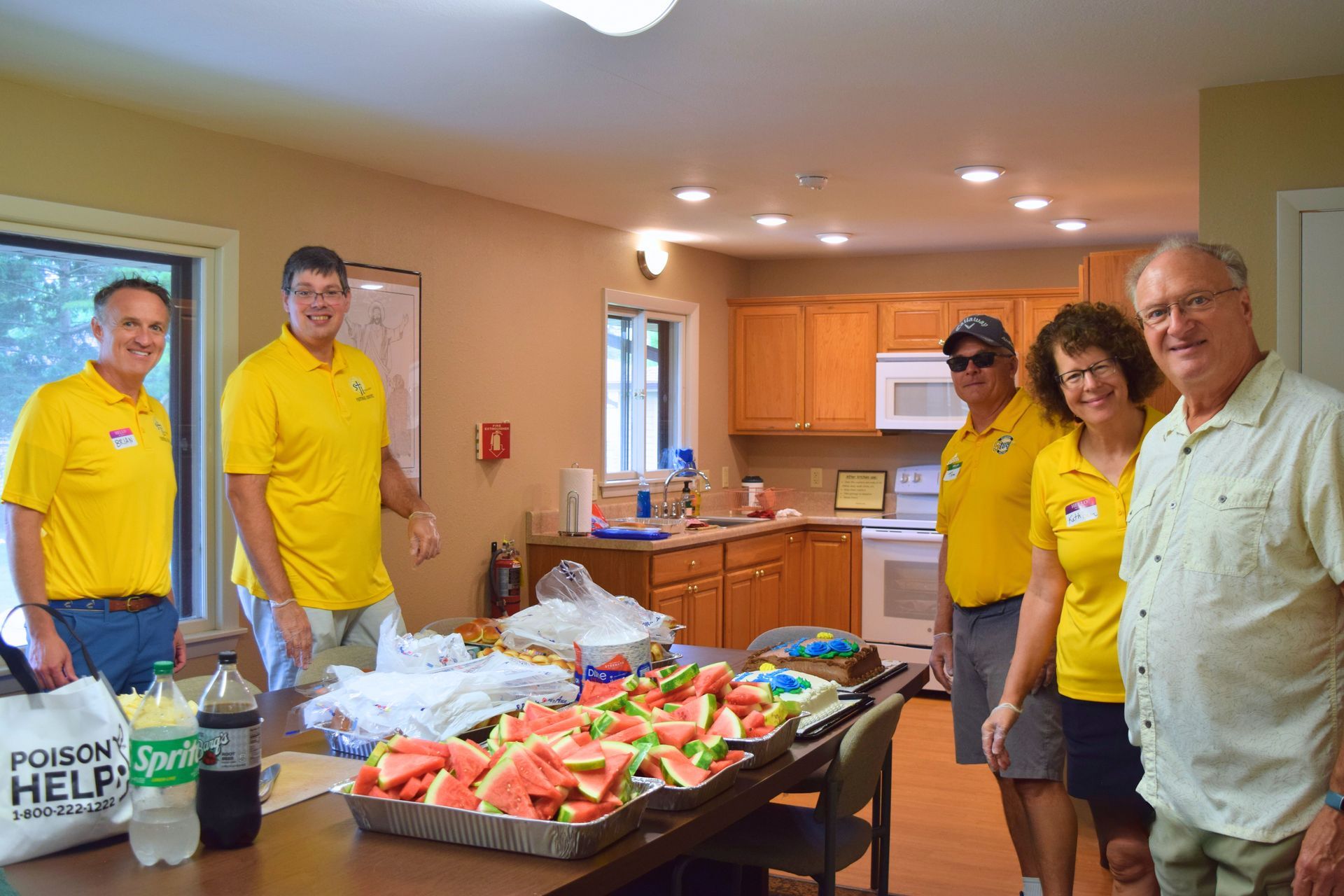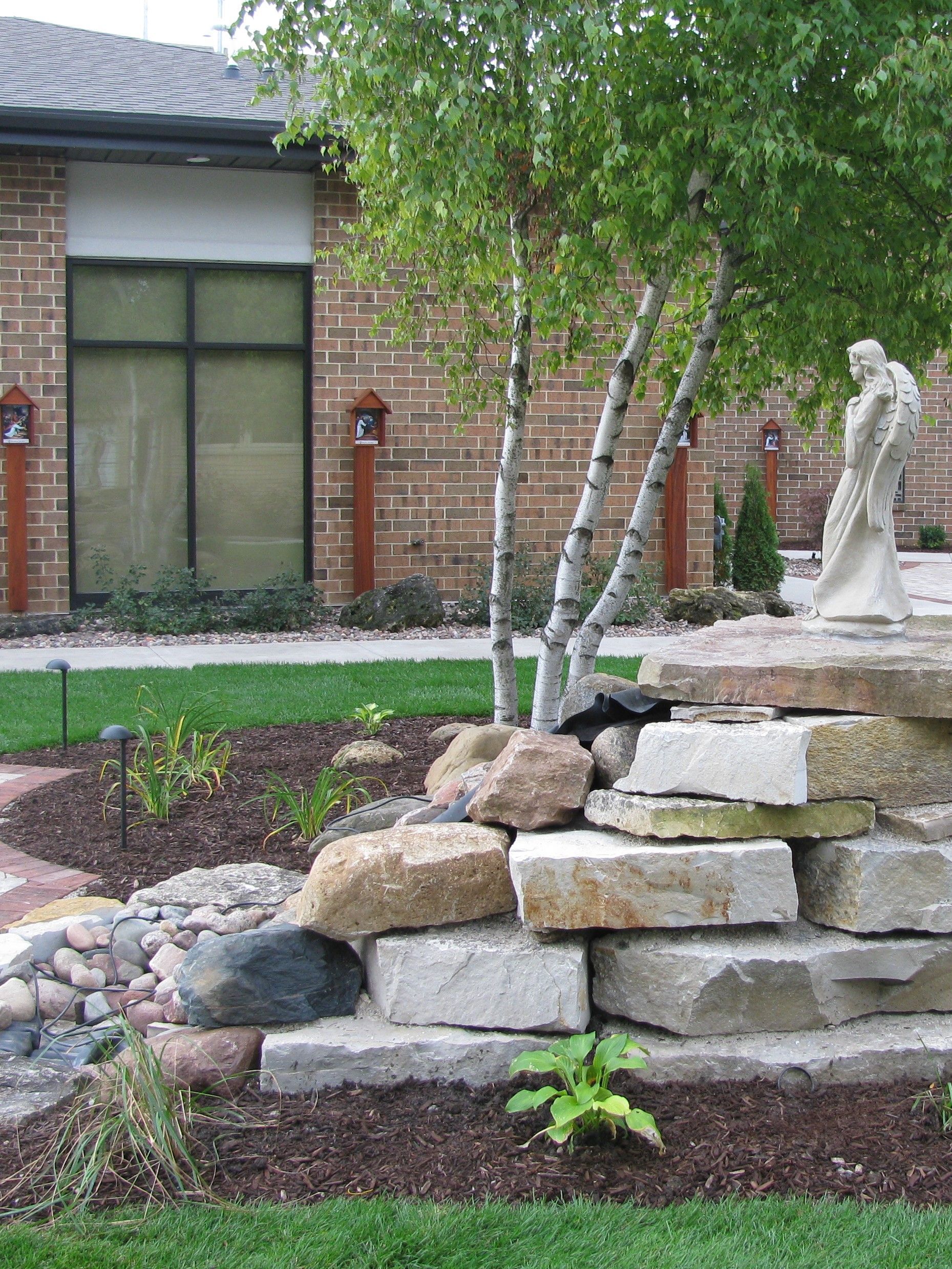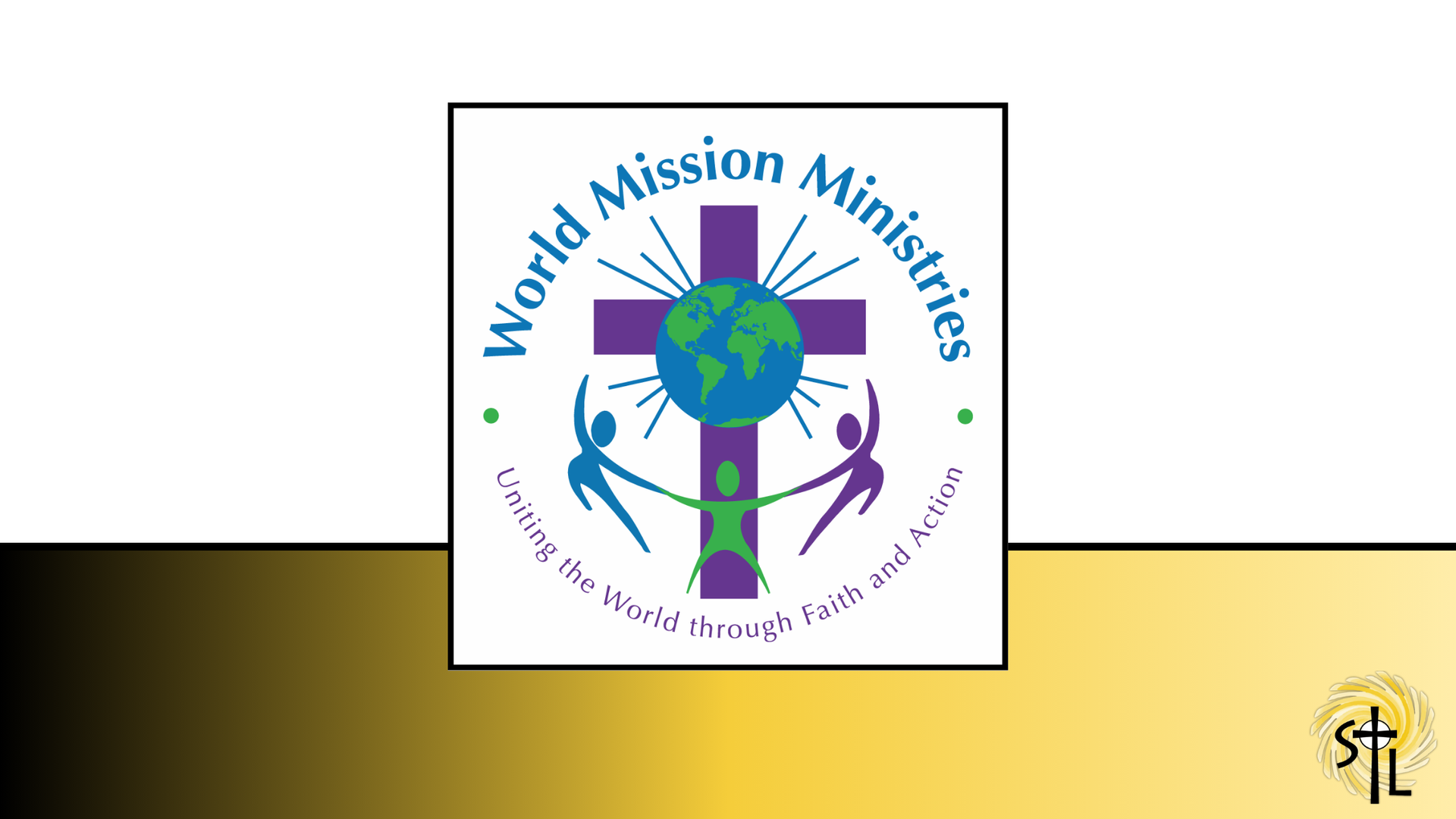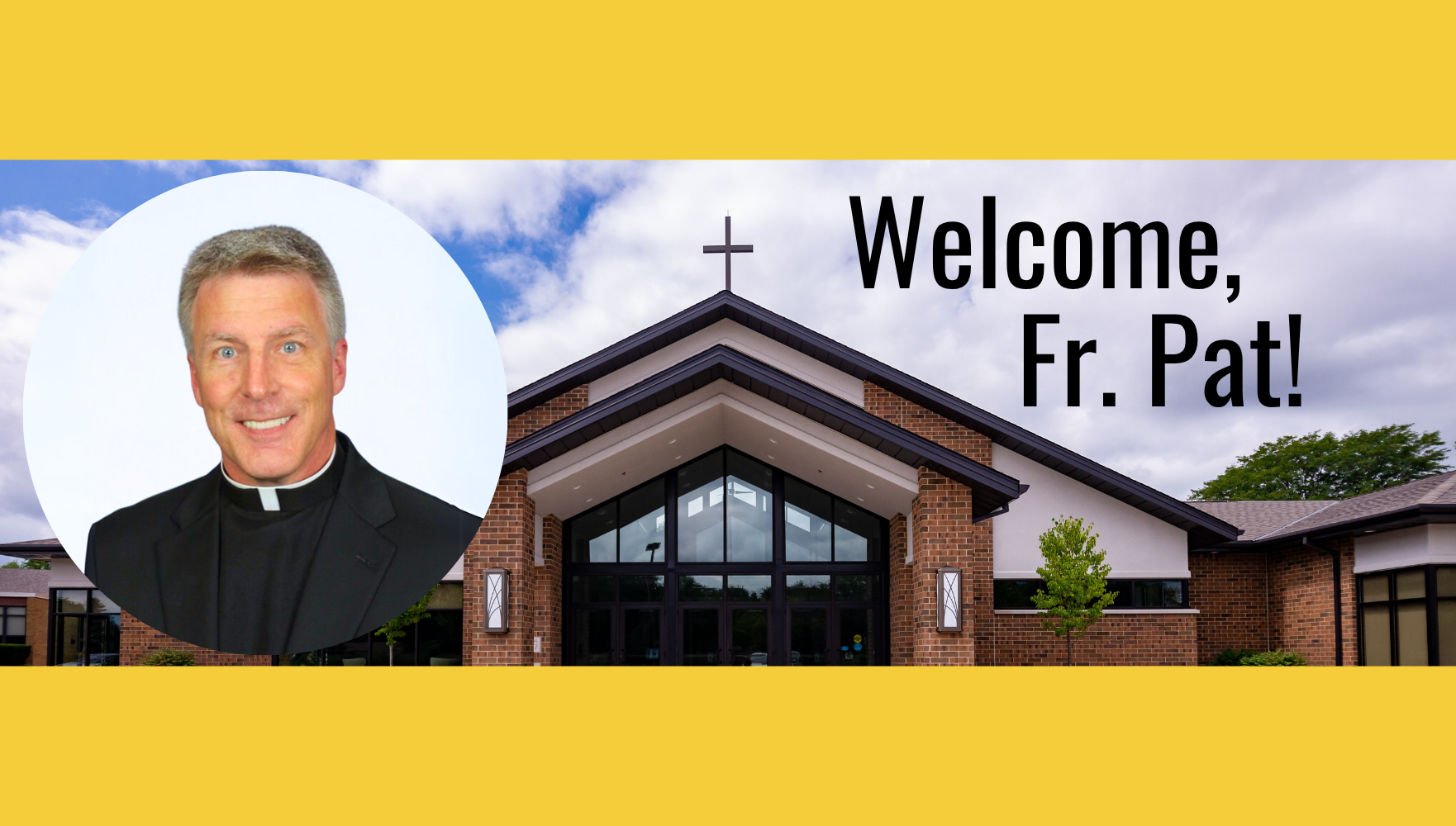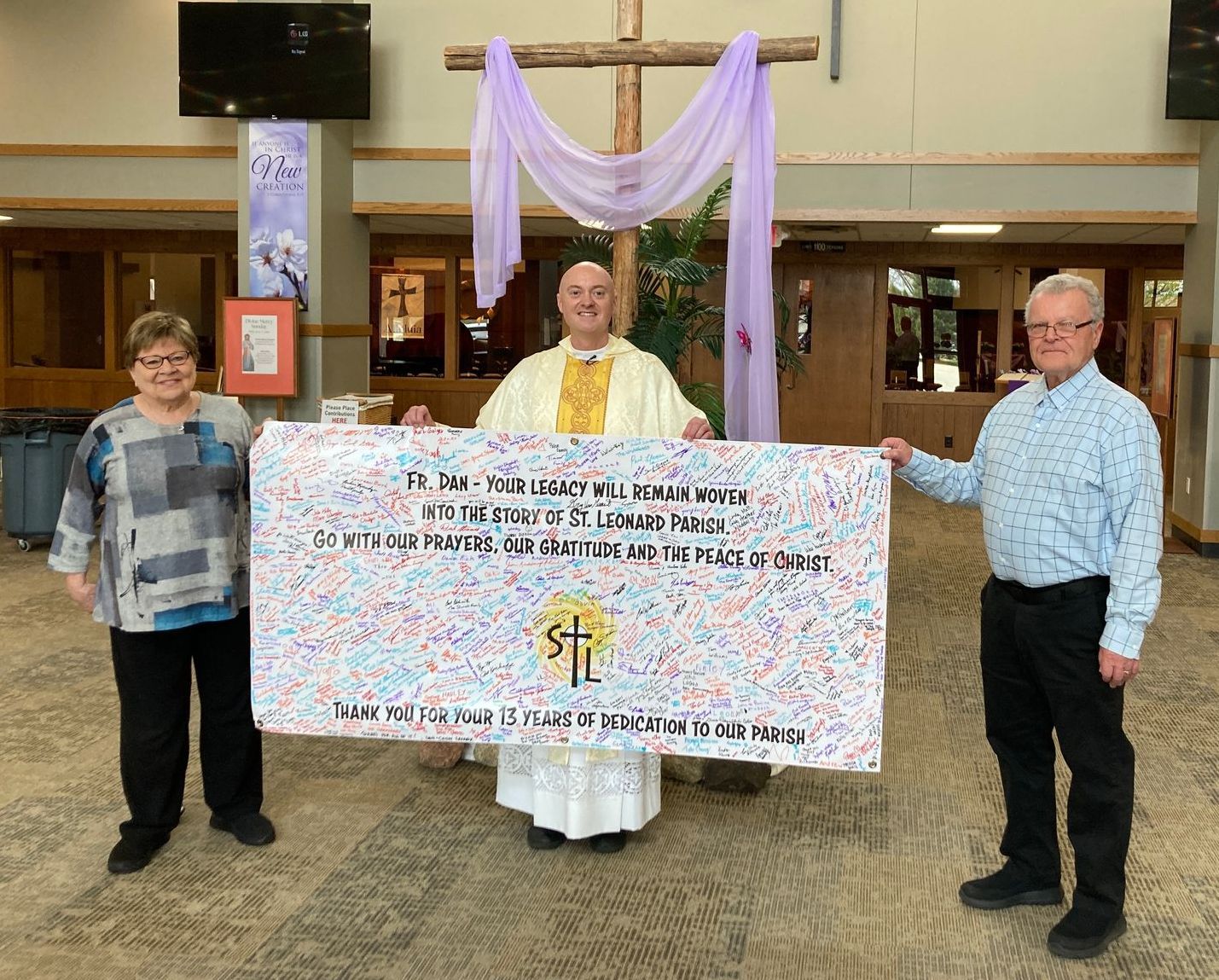By Fr. Augustine Shwe
•
July 10, 2025
Fr. Augustine Shwe is the Mission Coordinator representing the Diocese of Mawlamyine, Myanmar The Catholic Church in Myanmar (also known as Burma) is part of the worldwide Catholic Church under the spiritual leadership of the Pope in Rome. In 2020, there were approximately 700,000 Catholics in Burma- approximately 1.29% of the total population. The country is divided into sixteen dioceses including three archdioceses. Each of the archdioceses is also a metropolitan. There are over 1,000 priests and 2,000 nuns serving across 460 parishes. The Mawlamyin Diocese, established in 1993, covers the entire Taninthayi Region and southern Mon State, Myanmar with Bishop Raymond Saw Po Ray becoming its first residential bishop. Geographically, the diocese covers an area of 40,964 square kilometers and is home to a diverse population, including Burmese, Karen, Mon, Mawkin, Indians, Chinese, Siamese and Malays, practicing various religions such as Buddhism, Christianity, Islam, Hinduism and traditional beliefs. Between 1996 and 1998, military operations targeting insurgent groups affected much of the region, displacing many residents. This operation disrupted two-thirds of the villages, and resettlement efforts were slow, with some displaced people unable to return until 2011. After the diocese’s formation, several parishes were established and in 2008, the first diocesan synod was held during which the vision, mission, and planning for the future of the diocese were outlined. The synod focused on three main sectors: God, Social and Personal, emphasizing the importance of the three elements (3W)- the Word, Worship and Witness. The goal of our specific mission is re-strengthening the lives of our young people by providing integral education to promising students in the diocese. Since the military coup, Myanmar has been walking through darkness. So many lives have been broken, people have lost their homes, their work, their schools, their peace. Many now live as internally displaced persons (IDPs), without the security of a home or the comfort of stability. In this time of great pain, the Church is standing with the people not only praying for them but walking with them. One of the most urgent cries we hear is “Our children want to learn. But they have no way.” Many of our brightest and most gifted students can no longer study as their schools are closed and their families scattered. Their future, once full of promise, is now uncertain. It is heartbreaking to watch this happen. But we refuse to give up. That is why we are launching this important program. We want to bring education back into their hands and hope back into their hearts. We believe with all our hearts that youth are the hope of tomorrow. And we believe even more deeply that intelligent youth are the key to change. With the right education and formation, these young people can become leaders full of wisdom, courage and compassion, bringing peace where there is conflict, healing where there is pain, and faith where there is fear. They are the future of the Church, and they are the seeds of a new Myanmar. It is both a response to the urgent crisis and a strategic long-term plan to build a generation of strong, faithful and compassionate leaders. The goal of our program is to bring hope to displaced and conflict-affected youth by providing integral education and leadership formation, so they can rebuild their lives, serve their communities, and become the future leaders of the Church and nation. Our objectives To support the formal education of bright students affected by poverty, war, and displacement. To offer leadership and peacebuilding training to help them grow into responsible, wise, and confident leaders. To provide personal and spiritual formation, strengthening their values, faith, and compassion. To mentor and guide students with the help of Church leaders, teachers, and community members. To empower these youth as agents of change for peace, justice, and development in their own communities. Our main components of the program Educational Support: Tuition, school supplies, food, and basic needs for bright and struggling students. Leadership and Peacebuilding Formation: Training in leadership, peacebuilding, conflict resolution, and community organizing. Spiritual and Moral Growth: Retreats, formation days, and value-building sessions to nurture their faith and integrity. Mentoring and Community Engagement: Personal guidance from Church mentors and chances to serve their communities. Our expected impacts Displaced and poor students will have the chance to continue their education. A new generation of leaders with strong values will rise. These youth will become beacons of peace and development in broken communities. The Church will have faithful and capable leaders to serve with love and wisdom. Hope will return to the hearts of families and communities that now live in fear and loss. The current situation limits Diocesan pastoral works as the country remains in a state of political turmoil following a military coup in February, 2021, which ousted the democratically elected government. In the academic year 2024-2025, the diocese launched the “Good Shepherd” pre-Minor Seminary at the Diocesan Center, aiming to foster the development of local priests for the future of the church. The military regime continues to face widespread resistance from pro-democracy forces known as ethnic armed organizations (EAOs). Violent clashes persist across the country, with the military accused of severe human rights abuses, including mass killings and airstrikes on civilians. The economy is in crisis, and the humanitarian situation has worsened, with millions being displaced. Prospects for a peaceful transition to democracy remain bleak as the conflict escalates. We have great hope in these young people but know they cannot do this alone. This program is not only a response to today’s pain, but a vision for a better tomorrow. To support Fr. Augustine and his mission, envelopes are available in the kiosk in the Gathering Space or through their Giving Fuel website.

